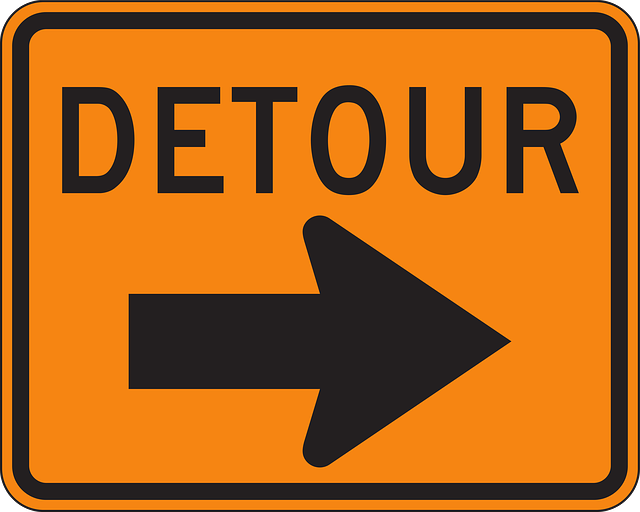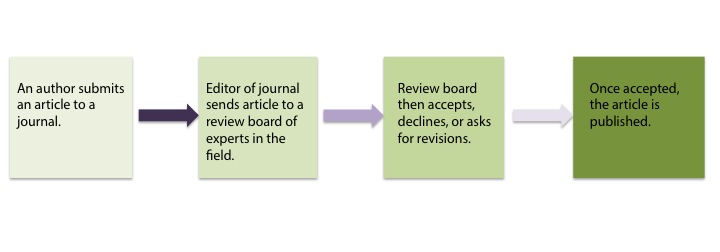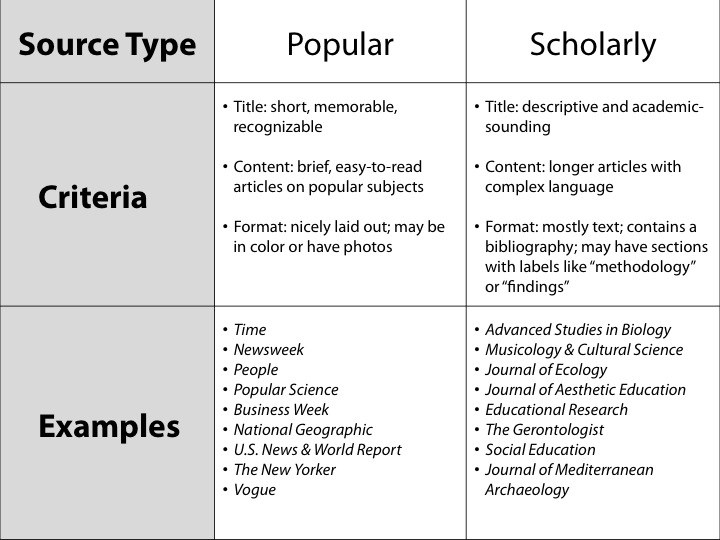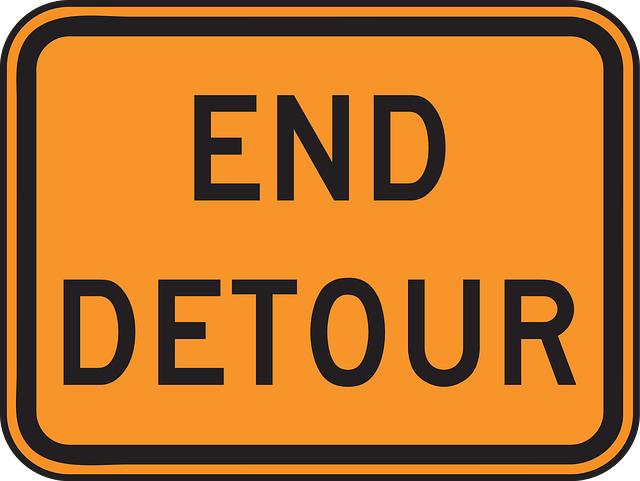| Today's Hours | 8am – 10pm |
|---|
| Today's Hours | 8am – 10pm |
|---|
The next step is selecting and finding resources for your college-level academic paper, but first we need to take a slight detour.

Many of your professors will require that you use "scholarly" articles. They may also call these articles, which come from journals, "academic" or "peer-reviewed."
What's a journal? It's a bit like a scholarly magazine. Both magazines and journals are periodicals, publications that come out on a regular basis. A popular periodical (like Time or People) is usually called a magazine. A scholarly periodical (like Journal of Popular Culture or American Studies) is usually called a journal.
Right now, you're probably asking yourself:

The best way to understand scholarly sources is to compare them with popular sources. This video, created by some librarians at Lincoln Memorial University, is a great introduction to this topic. (Plus, it's a cartoon!)
A comment on videos in this tutorial:
Let's recap from the video: here are the major differences between a popular and scholarly source:

We'll find them by using some of the same tools we'll use to find other information packages! This is covered in the next part of the tutorial. Detour OVER. 